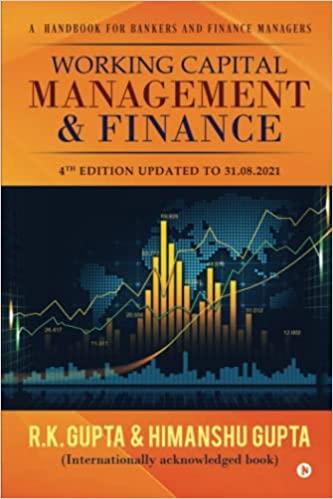Question
Q6. Which of the following are reported as liabilities on a bank's balance sheet? A) Reserves B) Checkable deposits C) Loans D) Deposits with other
Q6. Which of the following are reported as liabilities on a bank's balance sheet? A) Reserves B) Checkable deposits C) Loans D) Deposits with other banks Q7. The control the Central Bank has in manipulating the money supply by setting the minimum reserve ratio is limited because: A. Banks can decide to hold more cash than the minimum reserve ratio requires. B. More people use credit cards than cash. C. People might not hold their money in banks, which limits the loanability of that cash. D. a and c. E. a and b. Q8. Of the four players in the money supply process, most observers agree that the most important player is A) the Ministry of Finance and Treasury. B) the Central Bank. C) the commercial banks. D) the Council of Representatives. Q9. Total reserves (TR) are the sum of ________ and ________. A) excess reserves; borrowed reserves B) required reserves; currency in circulation C) vault cash; excess reserves D) excess reserves (ER); required reserves (RR) Q10. The amount of deposits that banks must hold in reserve is A) excess reserves. B) required reserves. C) total reserves. D) vault cash.

Q6. Which of the following are reported as liabilities on a bank's balance sheet? A) Reserves 3 B) Checkable deposits C) Loans D) Deposits with other banks Q7. The control the Central Bank has in manipulating the money supply by setting the minimum reserve ratio is limited because: A. Banks can decide to hold more cash than the minimum reserve ratio requires. B. More people use credit cards than cash. C. People might not hold their money in banks, which limits the loanability of that cash. D. a and c. E. a and b. Q8. Of the four players in the money supply process, most observers agree that the most important player is A) the Ministry of Finance and Treasury. B) the Central Bank. C) the commercial banks. D) the Council of Representatives. 09. Total reserves (TR) are the sum of and A) excess reserves; borrowed reserves B) required reserves; currency in circulation C) vault cash; excess reserves D) excess reserves (ER); required reserves (RR) Q10. The amount of deposits that banks must hold in reserve is A) excess reserves. B) required reserves. C) total reserves. D) vault cash
Step by Step Solution
There are 3 Steps involved in it
Step: 1

Get Instant Access to Expert-Tailored Solutions
See step-by-step solutions with expert insights and AI powered tools for academic success
Step: 2

Step: 3

Ace Your Homework with AI
Get the answers you need in no time with our AI-driven, step-by-step assistance
Get Started


